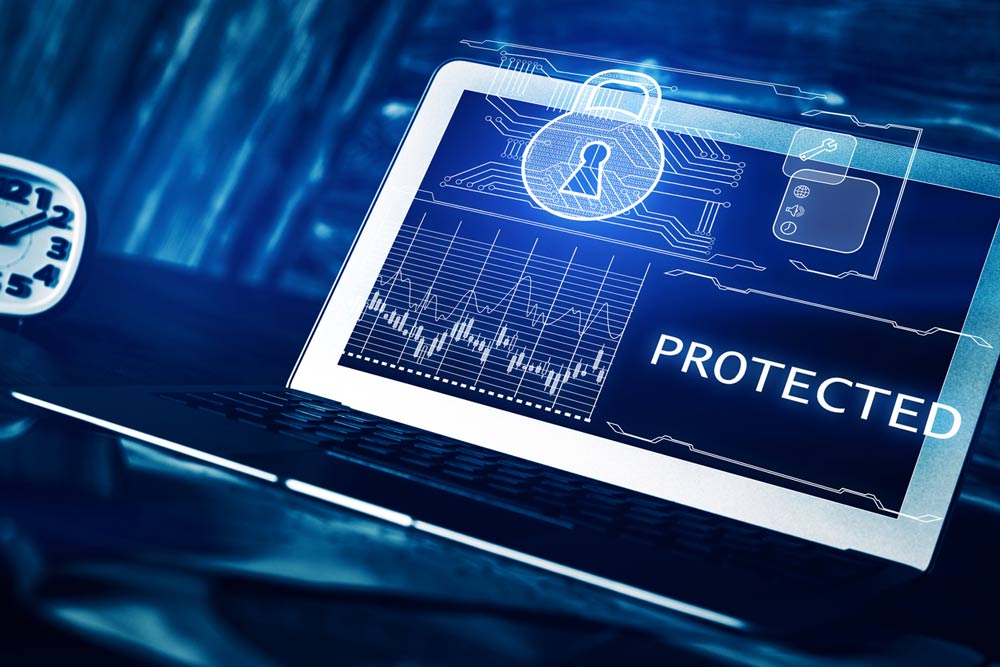
Introduction In today’s digital age, protecting your personal and professional data is more critical than ever. With cyber threats constantly evolving, it’s essential to understand and utilize the security features provided by your operating system. Windows, being one of the most widely used operating systems, offers a plethora of security features designed to safeguard your digital life. This article provides an in-depth look at these features, ensuring you can take full advantage of the protection they offer.
1. Windows Defender Antivirus Windows Defender Antivirus is the first line of defense against malware and viruses. Integrated directly into Windows, it offers real-time protection and regular updates to combat the latest threats.
- Real-time Protection: Continuously scans files and programs on your device to detect and neutralize potential threats.
- Regular Updates: Automatically updates its virus definitions to stay current with new and emerging threats.
- User-Friendly Interface: Easy to navigate, allowing users to perform scans, review threats, and customize settings.
2. Firewall and Network Protection A robust firewall is crucial for blocking unauthorized access to your system. Windows includes a built-in firewall that provides comprehensive network protection.
- Inbound and Outbound Rules: Manages both incoming and outgoing traffic to prevent unauthorized access and data leaks.
- Network Profiles: Configures different security settings for private and public networks, enhancing protection when connected to less secure networks.
- Notifications: Alerts users to suspicious activities and potential breaches, allowing for prompt action.
3. Windows Hello Windows Hello offers a secure and convenient way to log into your devices using biometric authentication.
- Facial Recognition: Uses advanced infrared cameras to recognize your face and unlock your device.
- Fingerprint Scanning: Allows quick and secure access with a fingerprint sensor.
- PIN and Security Key Options: Provides alternative login methods for added flexibility and security.
4. BitLocker Drive Encryption BitLocker encrypts your entire drive, ensuring that your data remains secure even if your device is lost or stolen.
- Full Disk Encryption: Protects data on your hard drive by encrypting it, making it unreadable to unauthorized users.
- TPM Integration: Uses the Trusted Platform Module (TPM) to enhance security by storing cryptographic keys.
- Recovery Options: Provides recovery keys and options to regain access to your data in case you forget your password.
5. Secure Boot Secure Boot is a security standard that helps ensure your PC boots only with software that is trusted by the PC manufacturer.
- Prevents Unauthorized Firmware: Blocks low-level malware that could compromise the boot process.
- Works with UEFI: Utilizes the Unified Extensible Firmware Interface (UEFI) to improve security over the legacy BIOS.
6. Windows Sandbox Windows Sandbox allows you to run applications in an isolated environment, preventing potential threats from affecting your main system.
- Isolated Environment: Runs software in a temporary, isolated environment to test for malicious behavior.
- Disposable: Automatically deletes all files and changes when the Sandbox is closed, ensuring no remnants remain.
7. Microsoft Defender SmartScreen Microsoft Defender SmartScreen helps protect against phishing and malware websites while browsing the internet.
- URL and App Reputation Checks: Warns users about potentially dangerous websites and downloads.
- Phishing Protection: Identifies and blocks phishing attempts to steal personal information.
- Seamless Integration: Works with Microsoft Edge and other browsers for consistent protection.
8. Family Safety Windows Family Safety features help protect younger users by providing tools for parental controls and monitoring.
- Screen Time Management: Sets limits on device usage to promote healthy digital habits.
- Content Filters: Blocks inappropriate websites and apps to ensure a safe online experience for children.
- Activity Reports: Provides detailed reports of online activity to help parents stay informed.
9. Regular Updates and Patches Keeping your system updated is vital for security. Windows regularly releases updates and patches to address vulnerabilities and improve defenses.
- Automatic Updates: Ensures your system is always up-to-date with the latest security enhancements.
- Patch Management: Regularly fixes security flaws and bugs that could be exploited by cyber attackers.
- User Control: Allows users to schedule updates and manage installation times to minimize disruptions.
Conclusion Windows offers a comprehensive suite of security features designed to protect your digital life from various threats. By understanding and utilizing these tools, you can significantly enhance your cybersecurity and enjoy a safer online experience. Regularly updating your system, being aware of potential threats, and leveraging Windows’ built-in security measures are key steps in safeguarding your personal and professional data.